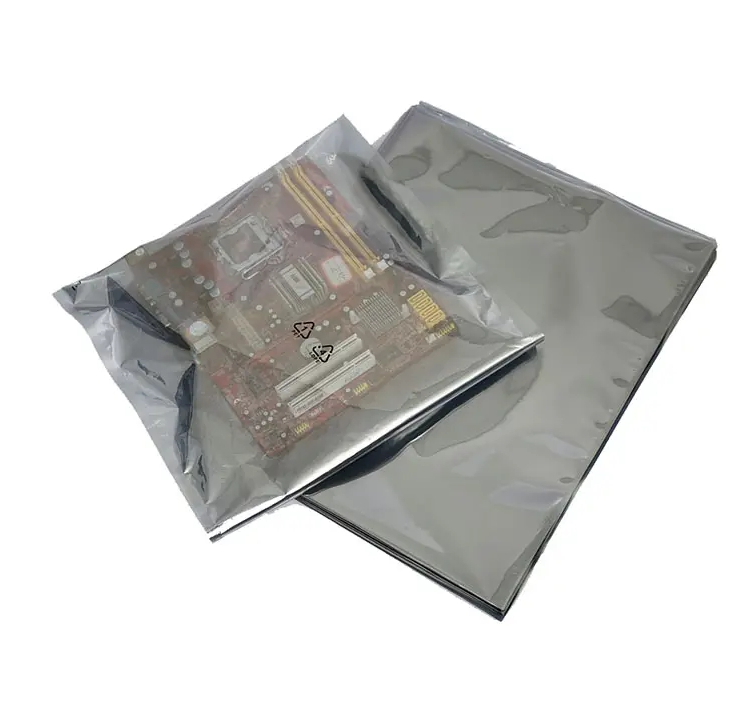What are the main methods of electrostatic protection?
1. Grounding
Grounding is very important for reducing the static charge generated on conductors, as the human body is a conductor and the main source of static electricity. Therefore, we must reduce the static charge generated on people who come into contact with sensitive anti-static components or components. The best way to prevent static electricity on the human body is through grounding the human body. The commonly used grounding methods for conductors include grounding wrist straps with anti-static measures and working surfaces.
2. Electrostatic shielding
Electrostatic sensitive components may be exposed to areas with static electricity during storage or transportation. The use of electrostatic shielding can weaken the impact of external static electricity on electronic components. The most common method is to use electrostatic shielding bags as protection.

3. Ion Neutralization
Neutralization becomes important as grounding and isolation will not release charge from the insulator. Neutralizing or removing charges naturally generated during process operation from an insulator is called ionization. Ions are simple charged substances that exist in the air. Ions are generated by natural energy sources, including sunlight, lighting, outdoor flames, and radiation. We can create trillions of ions artificially through an ion generator, which uses high voltage to generate a balanced mixed charged ion and uses a fan to help the ion drift to the object or region for neutralization. Ionization can neutralize the static charge on the insulator within eight seconds, thereby reducing the potential harm they may cause. Ionization is not a substitute for grounding or isolation, as it only reduces the possibility or risk of electrostatic discharge accidents. The most commonly used ion neutralization equipment includes ion fans, ion gas guns, etc.

 Español
Español English
English